
Have you ever thought about turning your love for baking into a real business? You’re not alone! The home bakery industry is absolutely booming, and there’s never been a better time to get your slice of this growing market. Let’s walk through everything you need to know to start your own home bakery – from the legal stuff to baking your first order.
Why Start a Home Bakery Now?
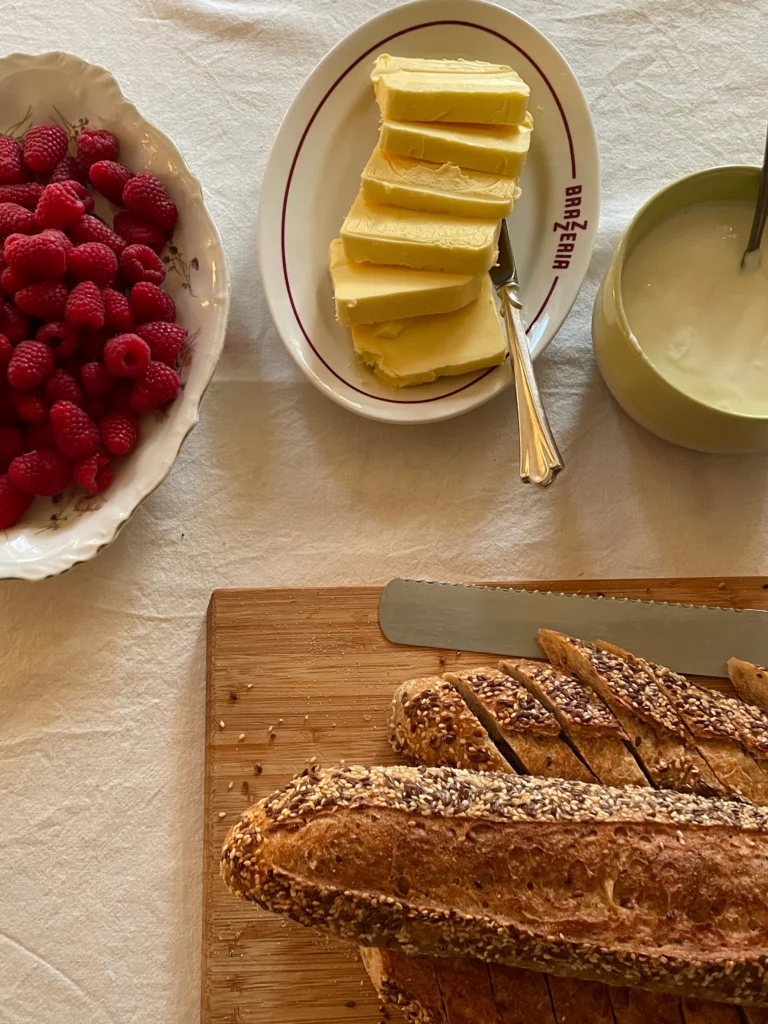
The numbers don’t lie – this industry is on fire! According to recent market research, the global bakery market is expected to reach $203.9 billion by 2027, growing at a rate of 3.9% annually. Even better? Home-based bakeries are capturing a bigger piece of this pie every year.
Here’s what makes this the perfect time to start:
- People are craving authentic, homemade products
- Social media makes marketing easier (and cheaper) than ever
- You can start small and grow at your own pace
- Lower overhead costs compared to traditional bakeries
The Real Numbers: What Can You Expect?
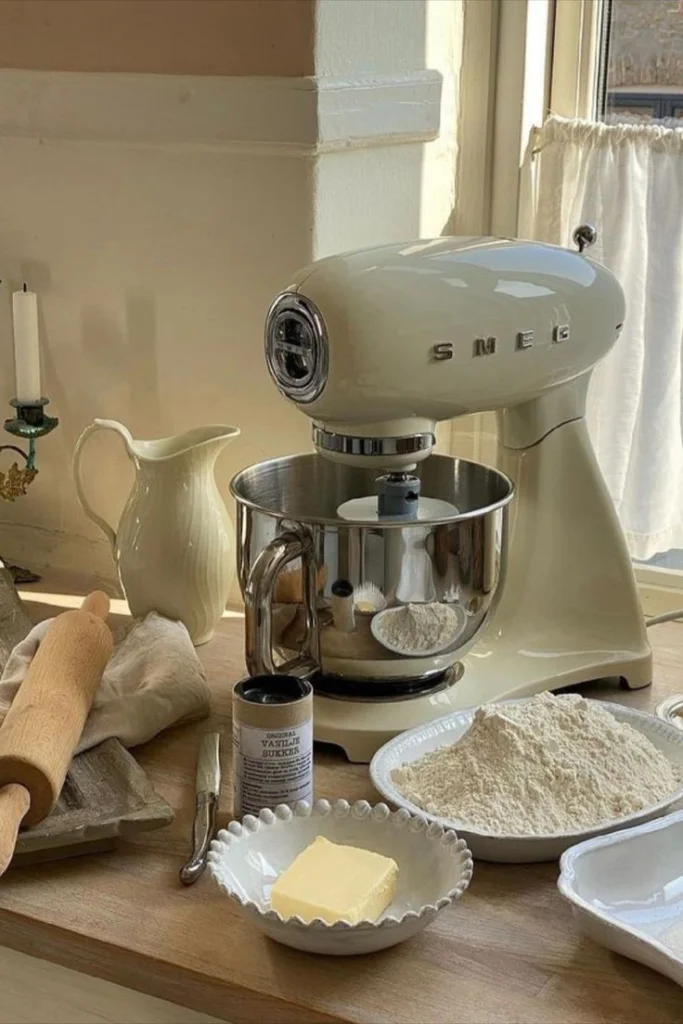
Let’s talk money – because that’s probably what you’re wondering about, right? Here’s what successful home bakers are actually earning:
| Business Stage | Monthly Revenue | Typical Products | Hours per Week |
|---|---|---|---|
| Starting Out | $500-$1,500 | Custom cakes, cookies | 10-15 |
| Part-Time Growth | $2,000-$5,000 | Wedding cakes, catering | 20-30 |
| Full-Time Success | $5,000-$15,000 | Multiple products, wholesale | 40-50 |
| Established Business | $15,000+ | Retail, online, events | 50+ |
These aren’t get-rich-quick numbers, but they’re real, achievable goals. The key? Starting smart and growing steadily.
Step 1: Master the Legal Landscape
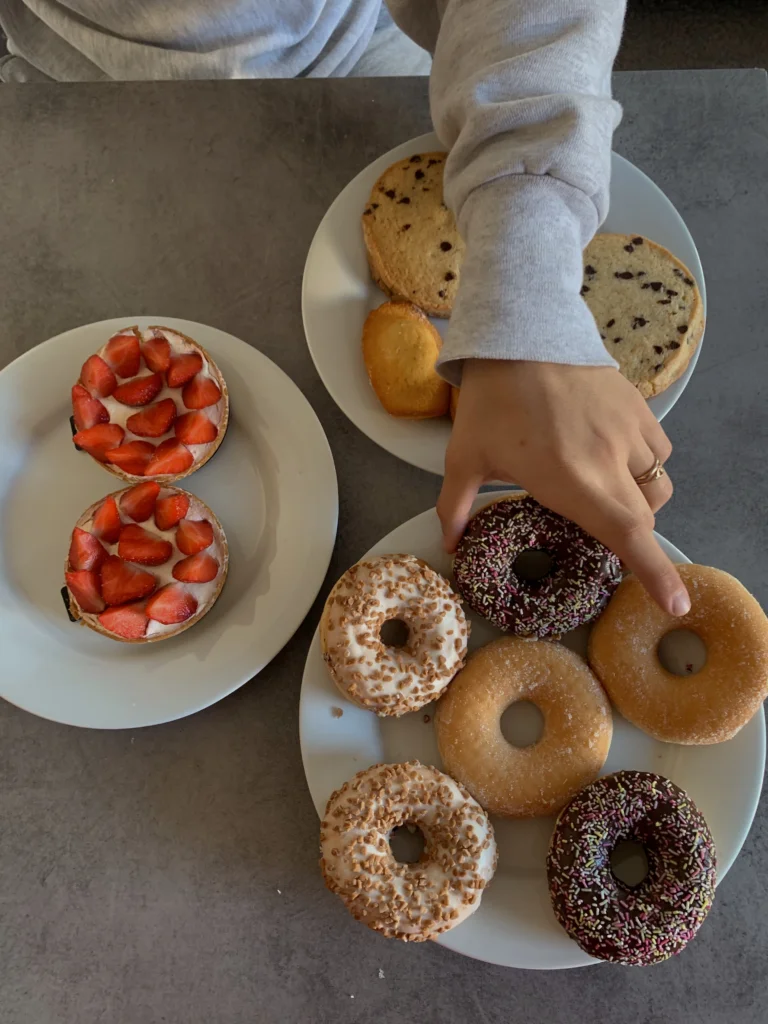
Before you start mixing that first batch of cookies, you need to understand the rules. Don’t worry – it’s not as scary as it sounds!
Cottage Food Laws: Your Best Friend
Most states have “cottage food laws” that let you bake certain items from home. These laws typically allow:
- Baked goods (breads, cookies, cakes)
- Candy and confections
- Jams and jellies
- Some dried foods
What you usually can’t make:
- Items requiring refrigeration
- Cream-filled pastries
- Meat products
Getting Started Legally
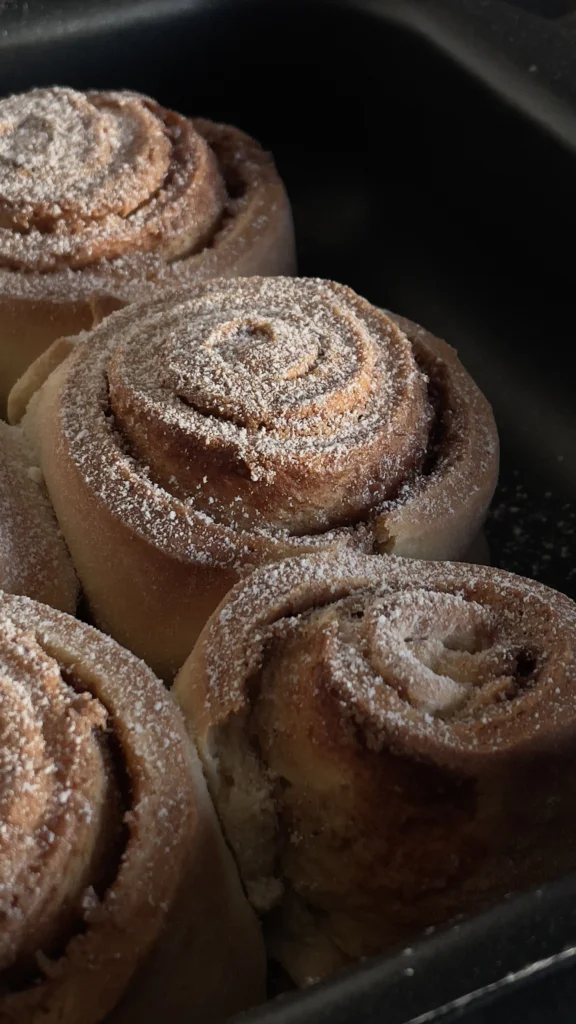
- Research your state’s cottage food laws – Every state is different, so check your local regulations
- Get your permits – Usually costs between $50-$300 annually
- Consider food handler certification – Many states require this ($10-$50)
- Register your business name – Protect your brand early
- Get liability insurance – Typically $200-$500 annually
Step 2: Set Up Your Home Bakery
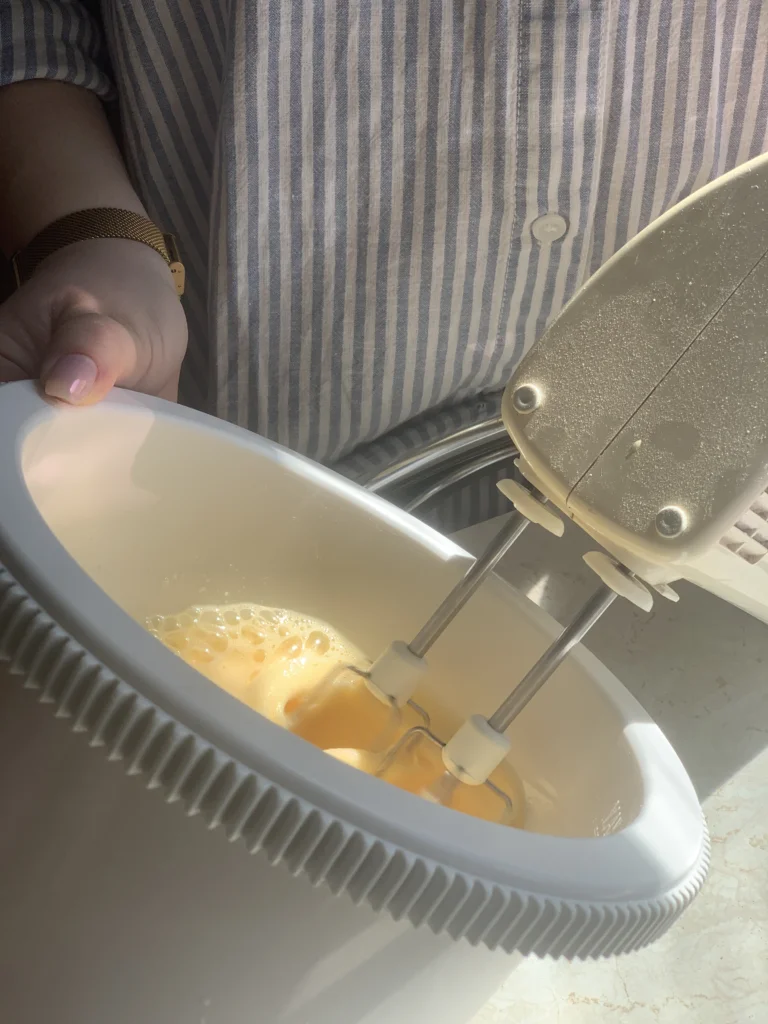
Your kitchen is about to become your command center. Here’s how to make it work:
Essential Equipment Investment
| Equipment Category | Initial Cost | Essential Items |
|---|---|---|
| Basic Baking | $300-$500 | Stand mixer, measuring tools, pans |
| Food Safety | $100-$200 | Thermometers, sanitizing supplies |
| Packaging | $150-$300 | Boxes, bags, labels |
| Business Setup | $200-$500 | Scale, receipt books, basic POS |
Total startup cost: $750-$1,500
You don’t need everything at once! Start with the basics and add equipment as your business grows.
Kitchen Organization Tips
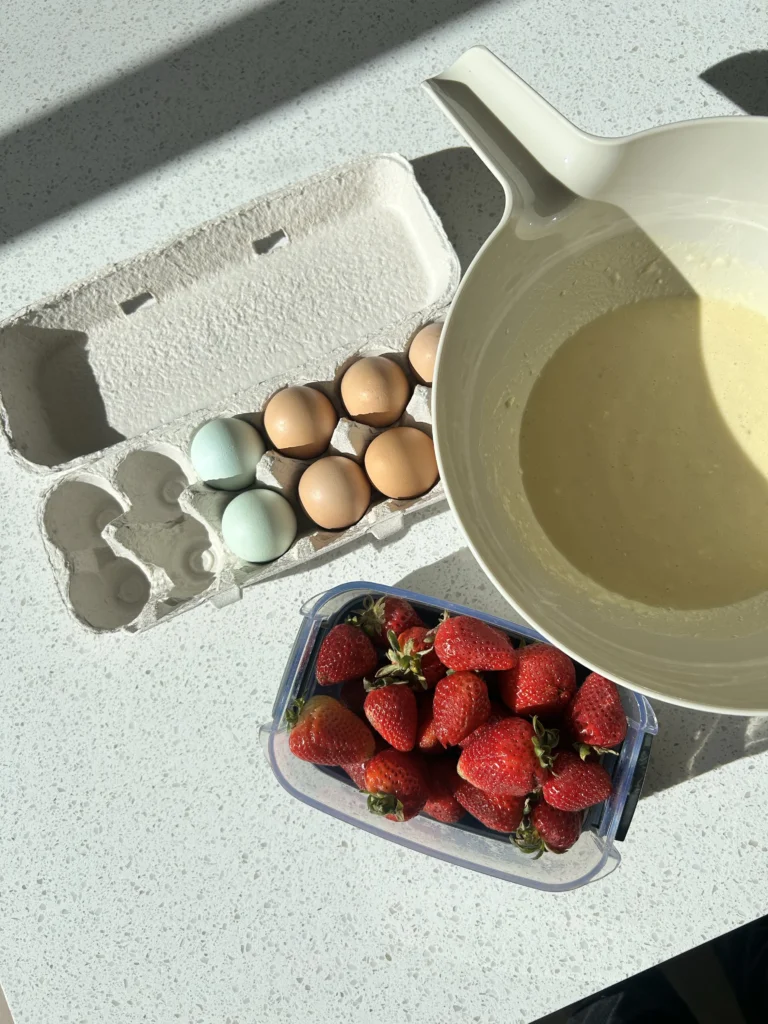
- Designate separate storage for business ingredients
- Create a dedicated workspace
- Install adequate lighting
- Ensure proper ventilation
- Keep detailed cleaning schedules
Step 3: Develop Your Product Line
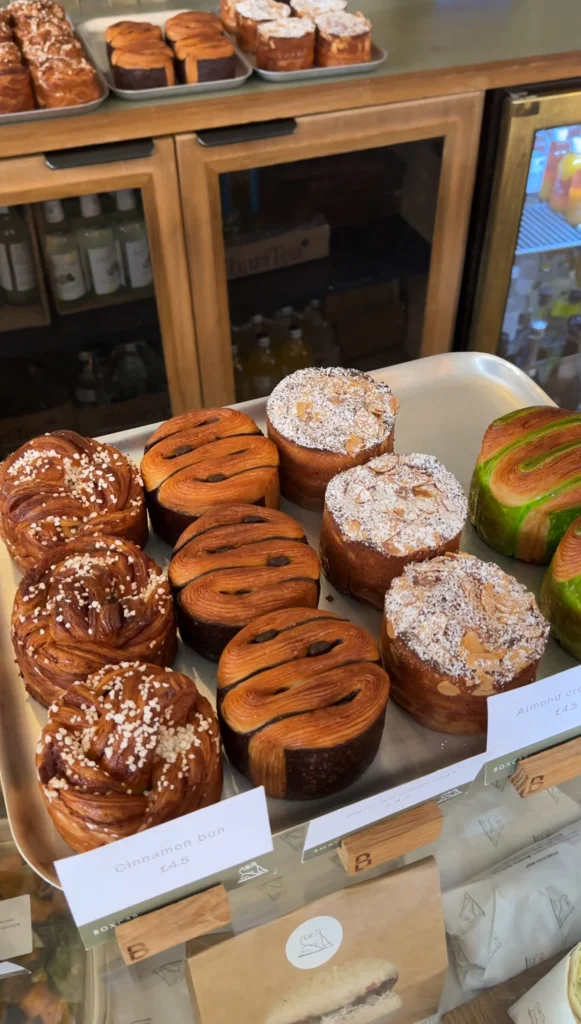
What makes your bakery special? This is where you get to shine!
Finding Your Niche
Start by asking yourself:
- What do you love to bake most?
- What do friends and family always request?
- What’s missing in your local market?
Popular profitable niches include:
- Custom celebration cakes
- Gluten-free or keto baked goods
- Artisan breads
- Decorated cookies
- Seasonal specialties
Pricing Your Products
Here’s a simple formula that works: Cost of ingredients × 3 = Selling price
For custom work, add labor costs: Ingredient costs + Labor (at least $15/hour) + Overhead = Base price
Then add your profit margin (typically 30-50%).
Step 4: Real Business Plan Example
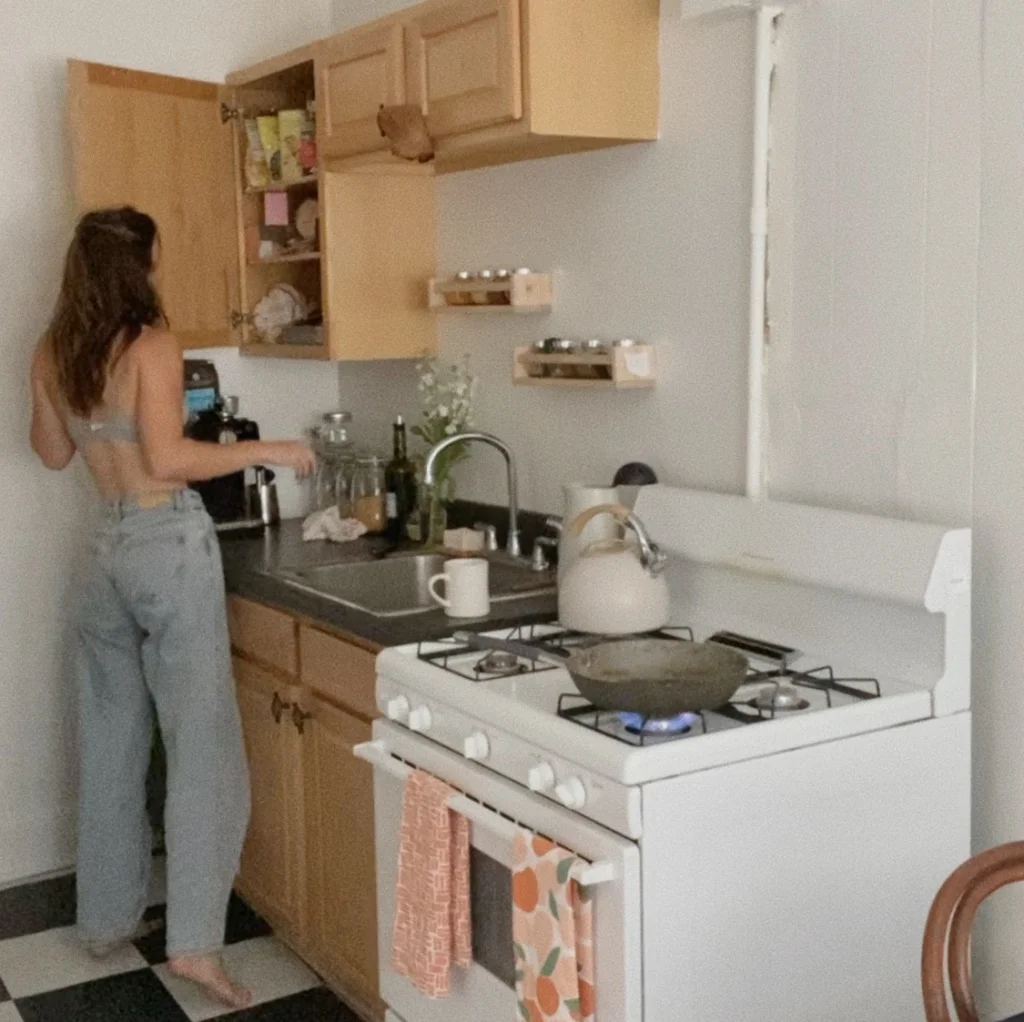
Let me show you what a solid home bakery business plan looks like:
Sweet Dreams Home Bakery – Sample Business Plan
Business Overview: Sweet Dreams specializes in custom celebration cakes and cookies for the local market, focusing on organic ingredients and unique designs.
Market Analysis:
- Target market: Families celebrating birthdays, local businesses needing catering
- Competition: 3 local bakeries, but none offer custom home-baked feel
- Market size: Town of 25,000 people, estimated 500 celebrations monthly
Financial Projections (Year 1):
| Month | Orders | Revenue | Expenses | Profit |
|---|---|---|---|---|
| 1-3 | 15/month | $1,200 | $800 | $400 |
| 4-6 | 25/month | $2,000 | $1,200 | $800 |
| 7-9 | 35/month | $3,000 | $1,700 | $1,300 |
| 10-12 | 45/month | $4,000 | $2,200 | $1,800 |
Year 1 Total: $30,000 revenue, $17,100 expenses, $12,900 profit
Marketing Strategy:
- Social media presence (Instagram, Facebook)
- Word-of-mouth referral program
- Local farmers market presence
- Partnership with event planners
Growth Plan:
- Year 2: Add wholesale accounts
- Year 3: Consider commercial kitchen space
- Year 4: Explore online shipping
Step 5: Marketing Your Home Bakery
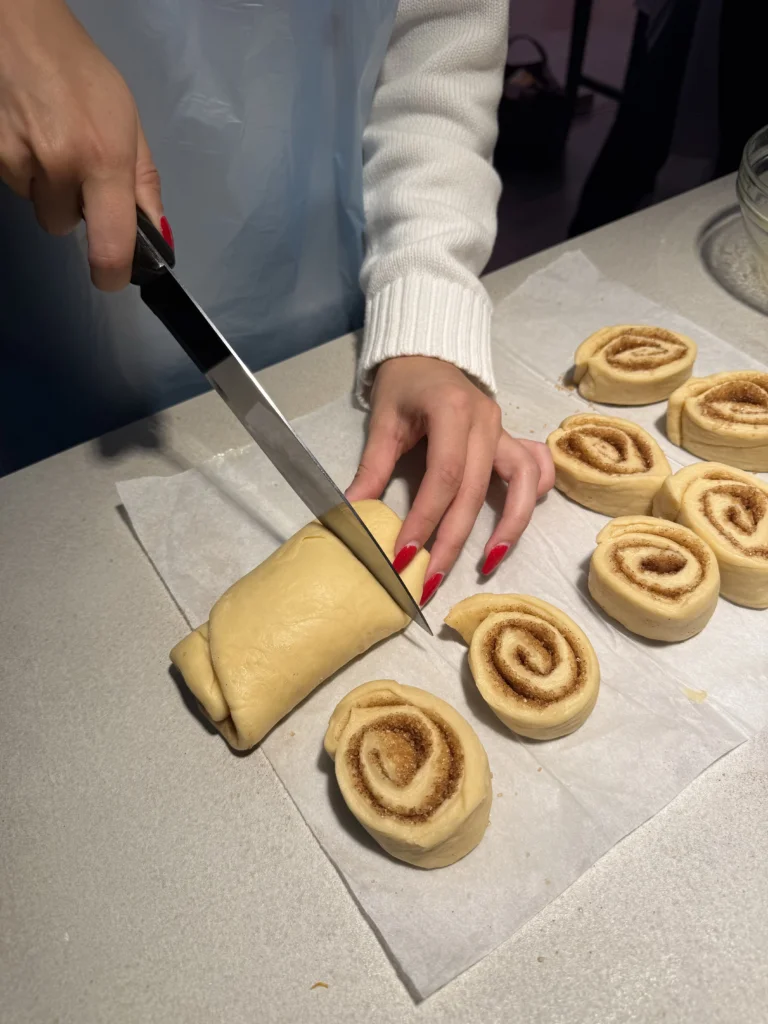
You’ve got the goods – now let’s get them noticed!
Social Media Strategy
Instagram and Facebook are your best friends here. Post:
- Behind-the-scenes baking videos
- Before-and-after shots of decorated items
- Customer testimonials
- Seasonal content
Tip: Consistency beats perfection. Post regularly, even if it’s just a simple photo of your daily bake.
Building Your Customer Base
Start with your inner circle:
- Friends and family (your first customers and biggest advocates)
- Neighbors and coworkers
- Local community groups
- Social media followers
Pricing Strategy for Growth
Begin with competitive prices to build a customer base, then gradually increase as you establish your reputation. Offer:
- First-time customer discounts
- Referral bonuses
- Bulk order pricing
- Seasonal promotions
Success Stories: Real Home Bakeries Making It Big
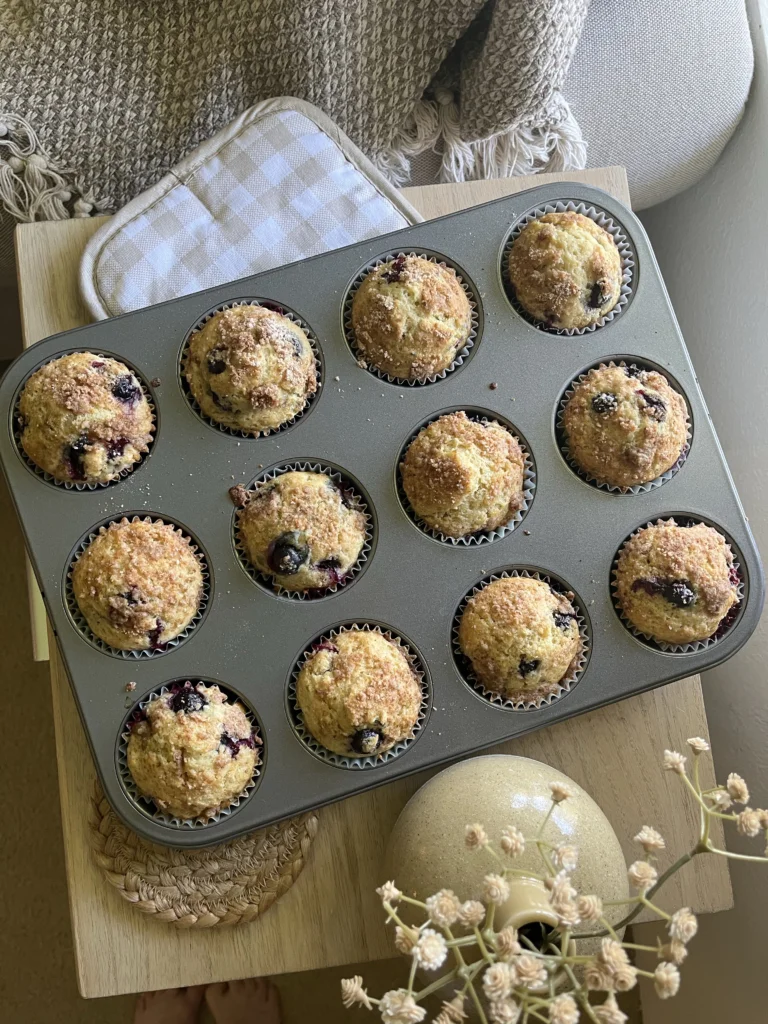
Let me inspire you with some real success stories:
1. Nothing Bundt Cakes (USA)
Started: 1997 in Las Vegas home kitchen Now: 400+ locations nationwide Key to success: Focused on one product (bundt cakes) and perfected it
2. Sprinkles Cupcakes (USA)
Started: 2005 in founder’s apartment Now: 30+ locations, $100+ million revenue Key to success: Premium positioning and celebrity following
3. Dough Doughnuts (UK)
Started: 2013 from home kitchen Now: Multiple locations across London Key to success: Unique flavors and social media marketing
Local Success: Sarah’s Sweet Treats
Location: Austin, Texas Started: 2019 from home kitchen Current status: $8,000/month revenue Specialty: Gluten-free wedding cakes Growth strategy: Built reputation through farmers markets, now has 6-month booking waitlist
Managing the Business Side
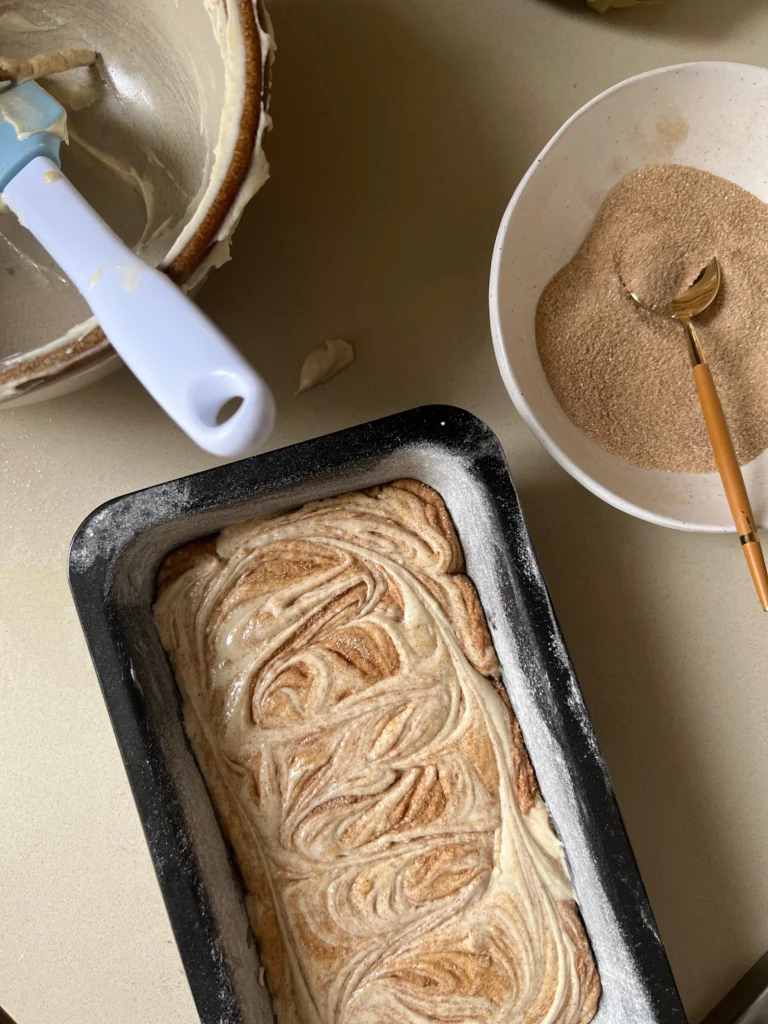
Running a bakery isn’t just about baking – you’re running a real business!
Financial Management
Track everything:
- Ingredient costs
- Labor time
- Overhead expenses
- Customer acquisition costs
Use simple tools:
- QuickBooks Self-Employed ($15/month)
- Square for payments
- Spreadsheets for basic tracking
Time Management
Balance is key. Here’s a realistic schedule:
- Baking days: 2-3 times per week
- Admin time: 1-2 hours daily
- Marketing: 30 minutes daily
- Customer communication: Ongoing throughout the day
Scaling Your Business

As you grow, consider:
- Hiring part-time help
- Renting commercial kitchen space
- Adding delivery services
- Expanding product lines
- Wholesale opportunities
Industry Predictions: What’s Next?

The home bakery industry is evolving fast. Here’s what experts predict:
2025-2027 Trends:
- 15% growth in specialty dietary options (keto, paleo, vegan)
- 25% increase in online ordering platforms
- Growing demand for transparent, local sourcing
- Rise of hybrid home-commercial operations
Opportunities to watch:
- Virtual baking classes
- Subscription box services
- Corporate catering contracts
- Wedding industry recovery driving custom cake demand
Common Challenges (And How to Overcome Them)

Let’s be honest – it’s not all sweet success. Here are the real challenges and how to handle them:
1. Inconsistent Income
Solution: Build a base of regular customers, offer subscription services, diversify product lines
2. Time Management
Solution: Batch baking, meal prep your own family’s food, set strict business hours
3. Pricing Pressure
Solution: Focus on value and quality, build strong brand reputation, avoid competing solely on price
4. Seasonal Fluctuations
Solution: Plan promotions for slow periods, develop year-round product lines, build savings during busy seasons
Your Action Plan: Getting Started This Week
Ready to begin? Here’s your week-by-week starter plan:
Week 1: Research your state’s cottage food laws and get permits Week 2: Set up your kitchen space and buy essential equipment Week 3: Develop your signature recipes and pricing Week 4: Create social media accounts and take your first product photos Week 5: Bake for friends and family, gather feedback Week 6: Launch with a small promotion to your immediate network
Final Thoughts: You’ve Got This!
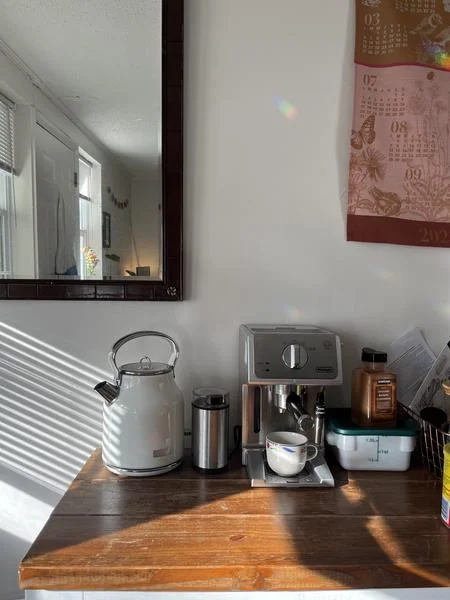
Starting a home bakery isn’t just about baking – it’s about building something meaningful that brings joy to others and income to your family. Yes, it takes work, planning, and patience, but thousands of home bakers are proving every day that it’s absolutely possible.
Remember, every successful bakery started with someone just like you, standing in their kitchen, wondering if they could really make this dream work. The answer is yes – you absolutely can.
Start small, stay consistent, and don’t be afraid to learn as you go. Your community is waiting for what you have to offer, and there’s room for your unique voice in this sweet industry.
So what are you waiting for? That first batch of cookies isn’t going to bake itself!
Remember: Always consult with local health departments and legal professionals for regulations specific to your area. This guide provides general information and shouldn’t replace professional advice.





Pingback: 17 Digital Recipe Collections That Sell Like Crazy